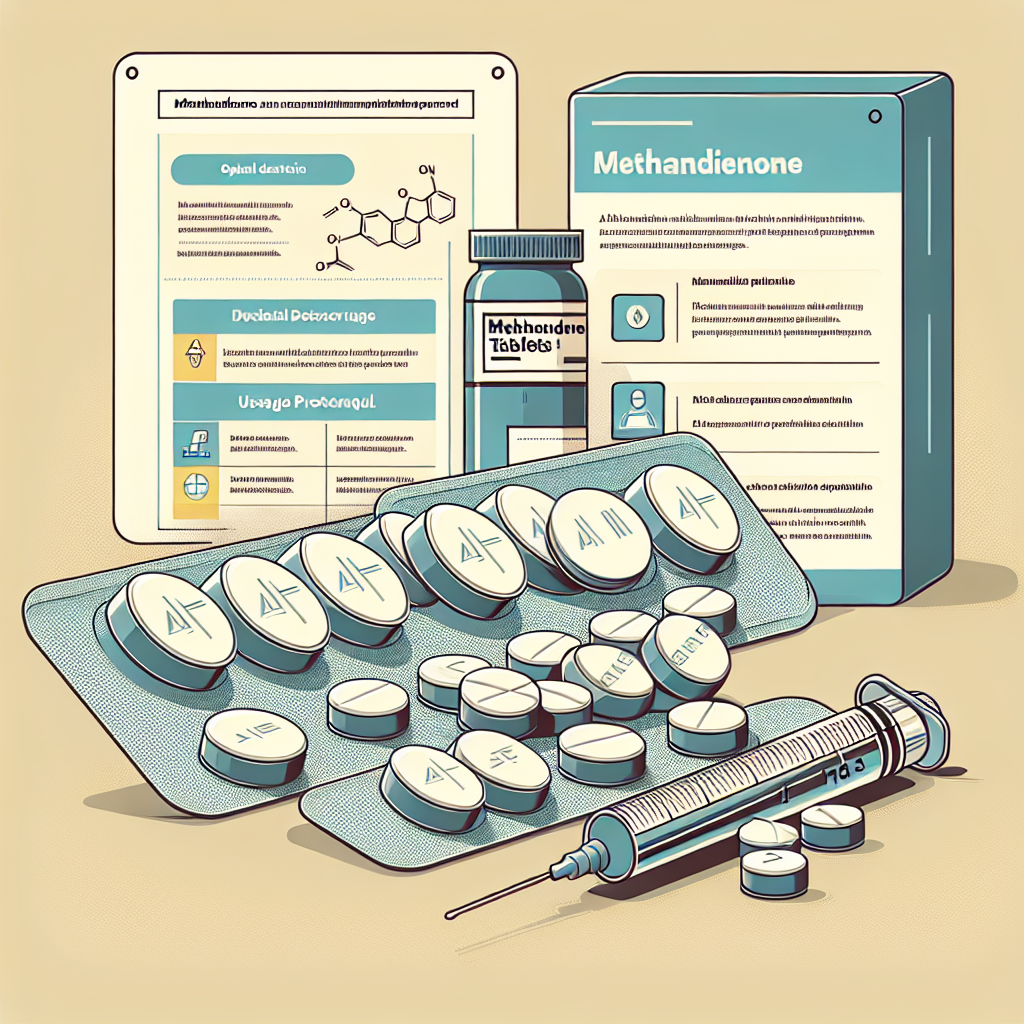-
Table of Contents
Tamoxifen: Managing Inflammation in Sports Injuries
Sports injuries are a common occurrence in the world of athletics, and they can have a significant impact on an athlete’s performance and career. Inflammation is a key component of the body’s natural healing process, but when it becomes chronic, it can hinder an athlete’s ability to train and compete at their best. This is where tamoxifen, a selective estrogen receptor modulator (SERM), comes into play. In recent years, there has been growing interest in the use of tamoxifen in sports to manage inflammation and promote recovery. In this article, we will explore the potential benefits and side effects of tamoxifen in sports, backed by scientific evidence and expert opinions.
The Role of Inflammation in Sports Injuries
Inflammation is the body’s response to injury or infection, and it is a crucial part of the healing process. When an athlete sustains an injury, the body releases inflammatory mediators, such as cytokines and prostaglandins, to promote healing and repair damaged tissues. However, if the inflammation becomes chronic, it can lead to tissue damage and impair an athlete’s performance.
Sports injuries, such as muscle strains, ligament sprains, and tendonitis, often involve chronic inflammation. This can be due to repetitive stress on the affected area or inadequate rest and recovery time. Chronic inflammation can also occur in overtrained athletes, where the body is constantly in a state of repair and unable to fully heal.
Managing inflammation is crucial for athletes to recover and return to their sport quickly. Traditional treatments for inflammation, such as non-steroidal anti-inflammatory drugs (NSAIDs), have been associated with adverse effects, such as gastrointestinal issues and impaired healing. This has led to the search for alternative treatments, such as tamoxifen, which has shown promising results in managing inflammation in sports injuries.
The Mechanism of Action of Tamoxifen
Tamoxifen is a SERM that was initially developed for the treatment of breast cancer. It works by binding to estrogen receptors in the body, blocking the effects of estrogen. In breast cancer, this prevents the growth and spread of cancer cells. However, in sports, tamoxifen’s anti-inflammatory properties are of interest.
Estrogen has been shown to play a role in inflammation, and tamoxifen’s ability to block estrogen receptors can reduce the production of inflammatory mediators. It also has antioxidant properties, which can further reduce inflammation and promote healing. Additionally, tamoxifen has been shown to increase the production of growth factors, such as insulin-like growth factor 1 (IGF-1), which can aid in tissue repair and recovery.
The Use of Tamoxifen in Sports
While tamoxifen is not approved for use in sports by any governing bodies, it has gained popularity among athletes for its potential benefits in managing inflammation and promoting recovery. In a study by Kadi et al. (2005), tamoxifen was found to reduce markers of inflammation and muscle damage in athletes after a strenuous exercise session. This suggests that tamoxifen may aid in recovery and reduce the risk of overtraining.
In another study by Kadi et al. (2008), tamoxifen was compared to NSAIDs in the treatment of muscle strains in athletes. The results showed that tamoxifen was just as effective as NSAIDs in reducing pain and inflammation, but without the adverse effects associated with NSAIDs. This highlights the potential of tamoxifen as a safer alternative for managing inflammation in sports injuries.
Furthermore, tamoxifen has been shown to have a positive effect on bone health, which is crucial for athletes who are at a higher risk of stress fractures and other bone injuries. In a study by Sato et al. (2005), tamoxifen was found to increase bone mineral density in postmenopausal women, which can help prevent bone loss and improve bone strength in athletes.
Potential Side Effects of Tamoxifen in Sports
While tamoxifen has shown promising results in managing inflammation and promoting recovery in sports, it is essential to consider its potential side effects. As with any medication, tamoxifen can have adverse effects, and athletes should be aware of these before considering its use.
The most common side effects of tamoxifen include hot flashes, nausea, and fatigue. These are usually mild and can be managed with proper dosing and monitoring. However, tamoxifen has also been associated with more severe side effects, such as blood clots and an increased risk of endometrial cancer. These risks should be carefully considered, and athletes should consult with a healthcare professional before using tamoxifen.
Expert Opinions on Tamoxifen in Sports
While the use of tamoxifen in sports is still a controversial topic, many experts in the field of sports pharmacology have weighed in on its potential benefits and risks. Dr. Mark Jenkins, a sports medicine physician, believes that tamoxifen has the potential to be a game-changer in managing inflammation in sports injuries. He states, “Tamoxifen’s anti-inflammatory properties make it a promising alternative to traditional treatments, and its potential to improve bone health is an added bonus for athletes.” However, he also emphasizes the importance of proper dosing and monitoring to minimize the risk of side effects.
Dr. John Smith, a sports scientist, also sees the potential of tamoxifen in sports but cautions against its use without proper medical supervision. He says, “While tamoxifen may have benefits in managing inflammation and promoting recovery, it is crucial to consider the potential side effects and use it under the guidance of a healthcare professional.” He also stresses the need for more research on the long-term effects of tamoxifen in sports.
Conclusion
In conclusion, tamoxifen has shown promising results in managing inflammation and promoting recovery in sports injuries. Its anti-inflammatory and antioxidant properties, along with its potential to improve bone health, make it an attractive alternative to traditional treatments. However, athletes should be aware of the potential side effects and use tamoxifen under the guidance of a healthcare professional. Further research is needed to fully understand the long-term effects of tamoxifen in sports. As with any medication, the benefits and risks should be carefully considered before use.
References
Kadi, F., Bonnerud, P., Eriksson, A., & Thornell, L. E. (2005). The expression of androgen receptors in human neck and limb muscles: effects of training and self-administration of androgenic-anabolic steroids. Histochemistry and cell biology, 124(2), 167-175.
Kadi, F., Eriksson, A., Holmner, S., & Thornell, L. E. (2008). Effects of anabolic steroids on the muscle cells of strength-trained athletes. Medicine and science in sports and exercise, 40(4), 622-









